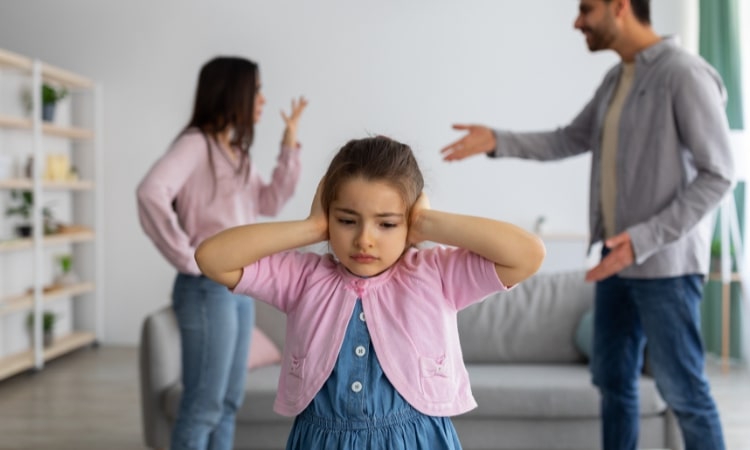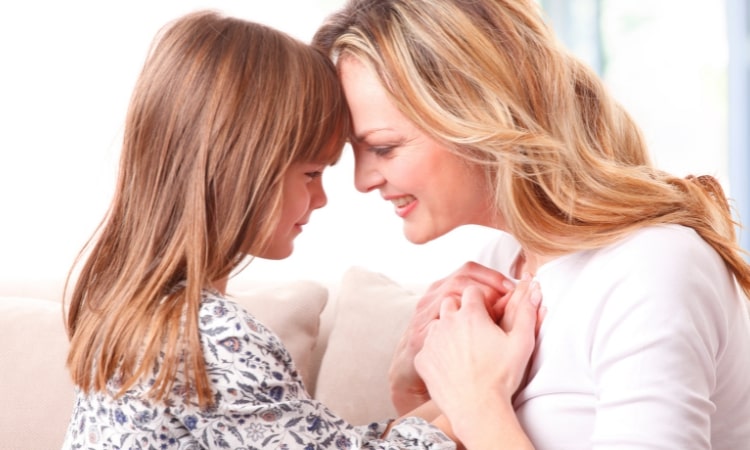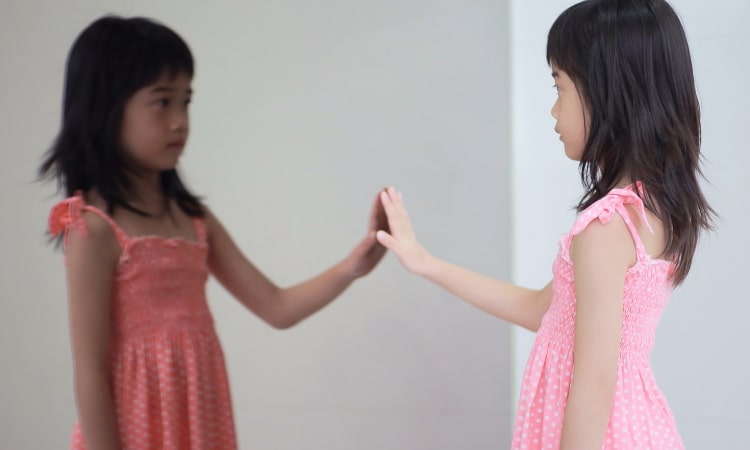Attachment styles theory originates back with John Bowlby and Mary Ainsworth in the late 1950s, looking at the relationships between mothers and babies. It was from here that the connection was made between the patterns of our early relationships and our later adult romantic relationships.
It became apparent that the blueprints for our adult attachments are drawn up in our early relationships with our caregivers. For example:
- if you were brought up in a family where your feelings and emotional needs weren’t really valued or addressed, you will relate to yourself as if your feelings and needs are irrelevant and seek relationships with people who mirror that way of being with you.
- If you were brought up in a family where there was a lot of parental conflict, you may take that as your blueprint for what your adult relationships should be like. In your mind, that is the way love looks to you.

These are just 2 examples, neither of which are done by conscious choice, but ways of thinking feeling and behaving that can be imprinted upon us from childhood. This is our normal, it’s the way we think people and the world are.
It’s only when we start to work on ourselves that we can think outside of that box and begin to see a bigger picture. It’s then that our mature self can take charge and learn to look after these younger undeveloped parts of ourselves.
Over the next few weeks, we are going to look at three different early childhood attachment styles and how they could be affecting our romantic relationships. If you recognise yourself in these styles, you can evolve beyond with the right help. These three styles are:
- Anxious/insecure attachment. You anticipate being disappointed and/or abandoned when you are in need, and so your needs for closeness and connection make you anxious.
- Avoidant attachment style. The main drivers in avoidant attachment style are fear and self-protection. You’re good at shutting down your relationship longings entirely, almost taking pride in not needing anyone.
- Secure attachment style. You are calm, thoughtful and discerning about who you are in a relationship and how you treat yourself. Your level of self-respect is likely to be much higher.

In my role as a Psychotherapist and Love and Relationship Coach, I work with my clients on highly effective forms of transformational coaching. This tends to be future focused, considering your early life but not dwelling there. You will be encouraged to really look at the sort of relationship you want in your life and how you can empower yourself to achieve it.
I am fortunate to have been trained by Katherine Woodward Thomas, licenced marriage and family therapist and New York Times best-selling author of Calling in The One who has some excellent definitions. Some of these definitions you will see quoted throughout the series with permission of the author.
I truly hope you find this series helpful and that it guides you in the right direction to finding the true love you deserve.
This is part 1 of a 3-part series on attachment styles.
